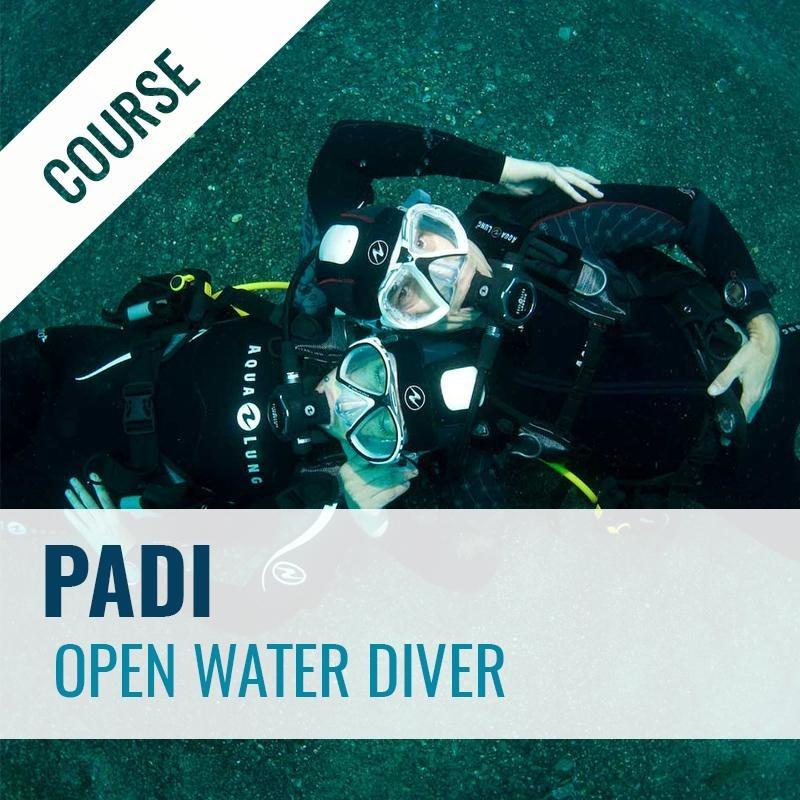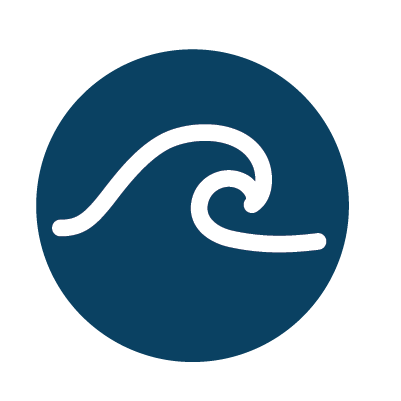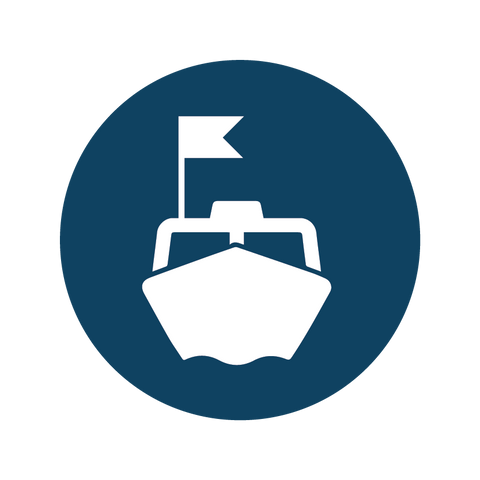Shop
Link to your collections, sales and even external links
Add up to five columns
Link to your collections, sales and even external links
Add up to five columns
Career Courses
Short Courses
Add up to five columns

Add up to five columns
Come Diving
Local Weather Links and Recommendations
Whenever you go out diving the first thing you need to do is to check the weather and sea conditions. Here is a handy set of links that should help you find what you are looking for.

Weather
It is important to look at the general forecast to see what the temperature,rain and cloud cover is going to be like at the dive site.
- Rain results in run off and poor visibility
- Temperature can affect comfort
- Marine Forecast is a good summary of coastal conditions
Chalmers Marine Forecast

Wind Observations
Wind causes waves, surf, surge, surface currents and upwellings that can affect water temperature and visibility. It is important to have a map of the site that you are planning to dive so that you can see which wind direction will affect you most.
- Calm to Light Breeze = 0 - 6 knots
- Gentle Breeze to Fresh breeze = 7 - 16 knots
- Strong Breeze to High Wind = 22 - 33 knots
- Gale to Storm = 34 - 55 knots

Tides
In general, it is always best to dive on a slack high tide. This is when the fresh cleaner water from the sea is coming in and is moving the least in the tide cycle. Be sure to check the closest tide chart to where you are intending to dive. For example, the tides times between St Clair Beach and Aramoana can vary by 15 minutes.
- Check the variation between high and low tide. A really big variation (over 2m) can cause really strong currents. This is particularly important at sites like Wellers Rock where the tide moves through a narrow harbour.
- Look at the moon phases. A full moon can cause big tides (a big variation between high and low tide).
- Observe the time of year. In spring when the moon is inline with the sun this can also increase the variation.
- Look out for eddies - currents flowing in the opposite direction to the tide. eg . on the second half of an outgoing tide at Aramoana Mole, the current can actually be flowing back along the breakwater towards the beach.

Swell
Swell can have a huge impact on a dive. It can change your entry and exit requirements, the amount of surge and current you will experience and also your general comfort in the water. Having a look at a swell map can give you a good perspective on how certain swell directions are affecting the area you intend to dive.
Swell HeightBoating Info Map

Shipping Information
Otago Harbour is a pretty busy port and our channel is not the widest. If you are diving around the harbour it is always a good idea to check what is happening in the shipping lanes. If you dive at Wellers Rock it is good practice to call The Monarch and let them know there will be divers in the water.
If you intend diving at any of these sites, please avoid arrivals and departures of large vessels.
- Taiaroa Head/Harington Point
- Otakau Wall
- End of Wellers
- End of Aramoana Mole
- Back Beach




